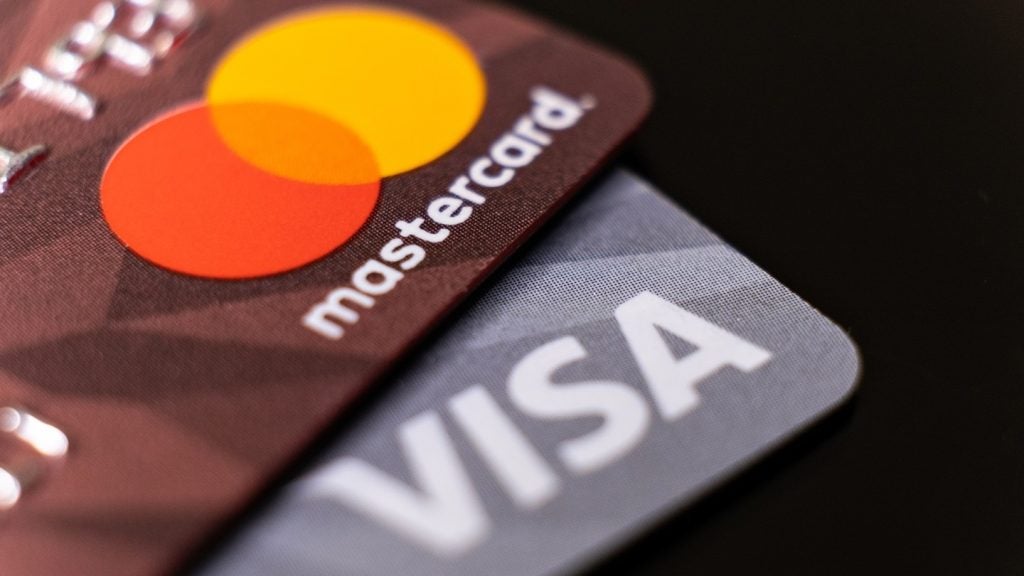2EMD changes the way fees relating to
redemption and dormant e-money accounts should be structured. All
products and services need to earn their keep, writes Siobhan
Moore, but can prepaid cards still pay their way?
It goes without saying in the commercial
world, that any good or service offered by a business needs to pay
for itself. The same principle applies to prepaid products.
Usually, revenues on prepaid products are generated through fees
charged to the customer for card usage. In most cases, the profit
margins on prepaid products are thin and businesses rely on volume
of products sold and/or transactions made using the product to make
them economically viable to operate. The ability to apply a fee at
key stages during the products’ lifecycle is key to a business.
Costs and fees charged to the customer do vary
from product to product. It is common to have a fee charged on
redemption of funds stored on the product (where there’s more than
€10 remaining). Also, an administration charge may be applied,
often on a monthly basis, to manage active product accounts or in
respect of dormant products that are no longer used but have
e-money remaining on them. The regulatory changes brought in by the
second e-money directive (2EMD) have a bearing on the nature and
amount of fees relating to redemption and dormant accounts. Now is
the time for businesses to review those fees currently charged
under the light of 2EMD and amend accordingly.
Under the existing regime, businesses were
permitted to charge a fee to the customer (the e-money holder) if
they requested all funds on their product be redeemed (save where
such request is made during the two week cooling off period
immediately following the date the product was purchased).
Furthermore, there was no obligation on the business to redeem
requests for e-money where a value of €10 or less remained on the
product.
Firms were also permitted to stipulate whether
the e-money expired after a specific time (although it must be
valid for a minimum period of one year) and after such time the
e-money holder would no longer have the right to redeem such funds.
In each case where a fee is charged or the funds are retained by
the business, it must be made clear in the contract.

US Tariffs are shifting - will you react or anticipate?
Don’t let policy changes catch you off guard. Stay proactive with real-time data and expert analysis.
By GlobalDataRedemption fees
Now, under 2EMD, a redemption fee may only be
charged in the following three situations.
- Where redemption is requested before termination of the prepaid
product contract. - The contract provides for a termination date and the e-money
holder terminates the contract before that date. - Redemption is requested more than one year after the date of
termination of the contract.
In all cases, the 2EMD requires the redemption
fee to be “proportionate and commensurate with the costs actually
incurred by the e-money issuer”. So how much is that? The amount
may vary from business to business; however one should consider the
actual costs incurred in receiving a redemption request, verifying
details relating to the request and costs in arranging the money
transfer to the e-money holder. As before, the contract must
clearly state when a fee will apply together with the amount of
such fee and be brought to the customer’s attention before they are
bound by the contract.
Dormant account fees
In the UK, 2EMD has been transposed into law
by the Electronic Money Regulations 2011 (EMR). The Financial
Services Authority (FSA) has published guidance, set out in an
Approach Document, on how it will interpret the EMR. In relation to
dormant accounts, the FSA’s view is that in principle e-money
issuers may also apply a dormancy fee provided that the issuer can
demonstrate the fee is clear and prominent in the contract and
reflects only valid redemption costs. By way of example such costs
may be incurred in retaining records of and safeguarding the
dormant funds.
Can e-money expire?
One of key changes brought in under 2EMD to
protect customer funds and increase confidence in prepaid products
is the right of a customer to redeem their funds from an e-money
business at any time (subject to the fees mentioned above). This
differs to the existing regime, under which businesses had the
flexibility to stipulate the length of time that the e-money was
valid, so long as it lasted for at least twelve months and provided
the length of time of its validity was clearly stipulated in the
contract. This new, evergreen right may impact those businesses
relying on collecting breakage as a key source of revenue. After
consultation with the industry, the FSA agreed to set down a
timeframe in the EMR after which, the business is no longer
required to honour requests to redeem funds on a product. This time
frame is six years after the date of termination of the contract.
Whilst this period will delay the time upon which unspent funds may
be swept from dormant products, it provides e-money issuers with
certainty. An air of caution must be taken here, particularly in
relation to multi national products. So far it is only the UK that
has taken such a practical approach adopted this timeframe in the
new law, we have yet to hear whether other countries will follow
suit.
So will changes driven by 2EMD affect the
prepaid business case? These changes brought in by 2EMD are there
to protect the consumer and to boost confidence in the industry. I
do not believe the limitations on the fee structure will adversely
affect businesses. The key is to understand when they may be
charged in relation to each product so as to maximise revenue.
Siobhan Moore is a Senior Associate in
Banking & Finance Group at Salans LLP








